
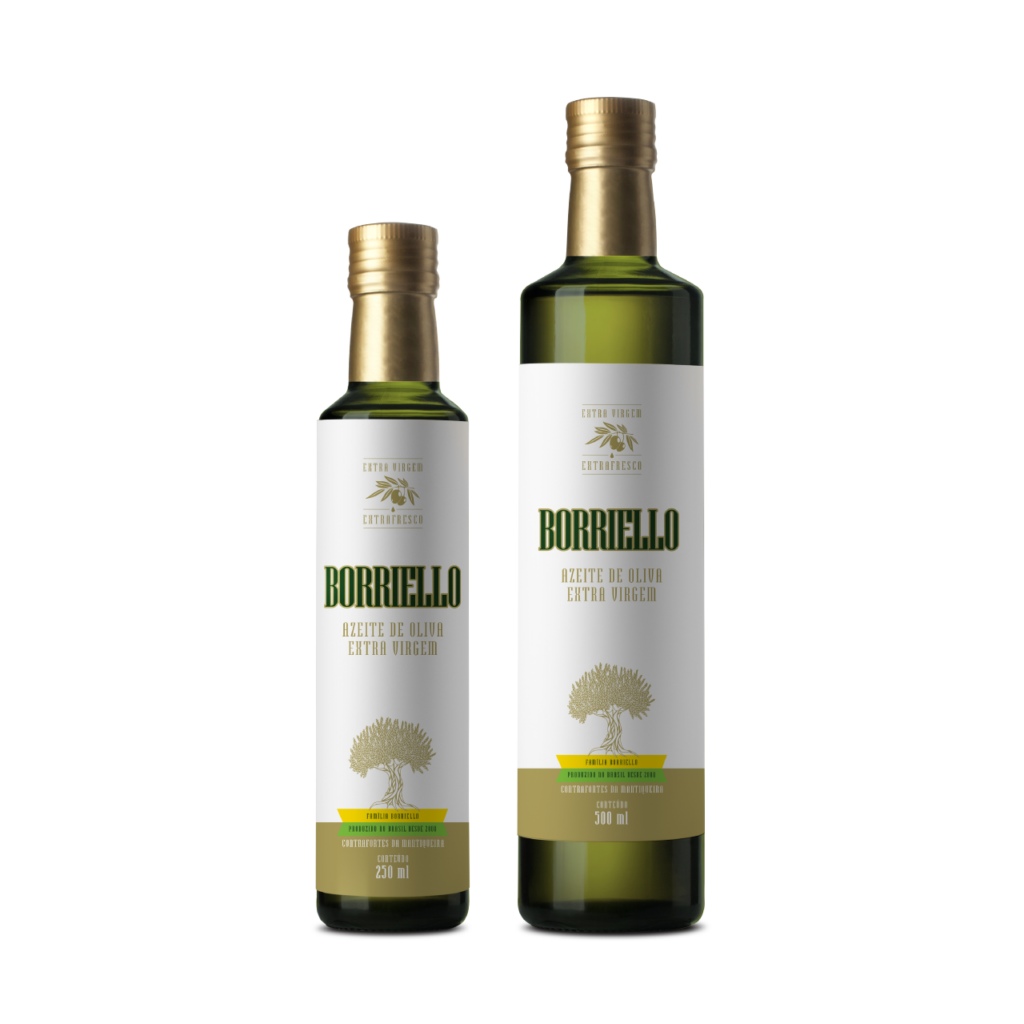
O município de Andradas (MG), nos contrafortes da Serra da Mantiqueira, onde o casal Mário e Carla Borriello planta oliveiras, é um território mais do que especial. Sua fazenda, a Três Barras Castanhal, está pousada sobre a cratera de um vulcão, extinto há cerca de 80 milhões de anos – a tese tem a confirmação do Instituto de Geociências da Universidade de São Paulo (USP). Só se enxerga a formação circular, que abrange 12 municípios de São Paulo e Minas Gerais, nas fotos de satélite. O mais interessante, porém, é invisível a olho nu e está escondido no chão. O solo vulcânico apresenta uma composição rara de minerais – somada à farta insolação e à amplitude térmica, ela faz da região um lugar único para as oliveiras e também para o café. Não por acaso, produtores do lugar se uniram para pleitear o registro de Indicação Geográfica (IG).
The municipality of Andradas (MG), in the foothills of the Serra da Mantiqueira, where the couple Mário and Carla Borriello grow olive trees, is a more than special territory. Their farm, Três Barras Castanhal, is located on the crater of a volcano that was extinct around 80 million years ago – the thesis has been confirmed by the Geosciences Institute of the University of São Paulo (USP). Only satellite photos show the circular formation, which covers 12 municipalities in São Paulo and Minas Gerais. The most interesting thing, however, is invisible to the naked eye and hidden in the ground. The volcanic soil has a rare composition of minerals – coupled with plenty of sunshine and a wide temperature range, this makes the region a unique place for olive trees and also for coffee. It’s no coincidence that local producers have joined forces to apply for a Geographical Indication (GI).
Os Borriello saíram na frente e não esperaram pelo registro – no rótulo do azeite extravirgem que eles produzem, já aparece a referência ao solo vulcânico. Mas a trajetória foi longa e exigiu persistência. Quando eles plantaram as primeiras árvores das variedades arbequina e grappolo, em 2008, pouco se falava sobre olivocultura na Serra da Mantiqueira e poucos apostavam que daria certo. Seis anos depois, eles não só já estavam colhendo ótimas azeitonas como investiram em um pequeno lagar, importado da Itália, com capacidade para processar 160 quilos de frutos por hora. Nascia, oficialmente em 2014, o azeite Borriello.
Borriello took the lead and didn’t wait for registration – the label of the extra virgin olive oil they produce already contains a reference to the volcanic soil. But the journey was long and required persistence. When they planted the first trees of the arbequina and grappolo varieties in 2008, there was little talk of olive growing in the Serra da Mantiqueira and few people were betting that it would work. Six years later, not only were they already harvesting great olives, but they also invested in a small mill, imported from Italy, with the capacity to process 160 kilos of fruit per hour. In 2014, Borriello olive oil was officially born.
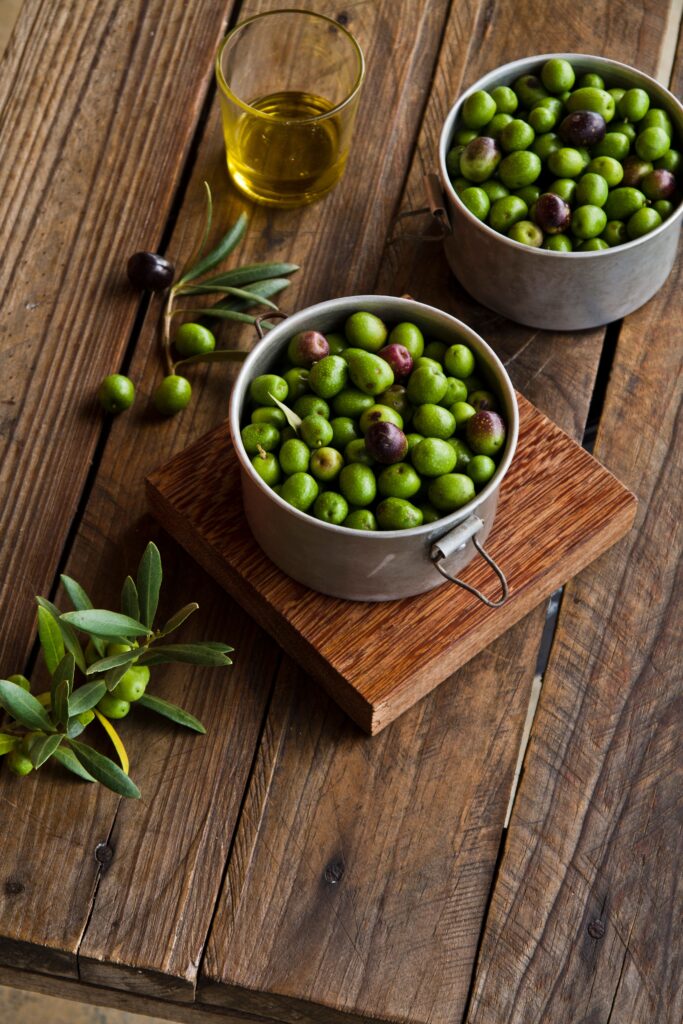
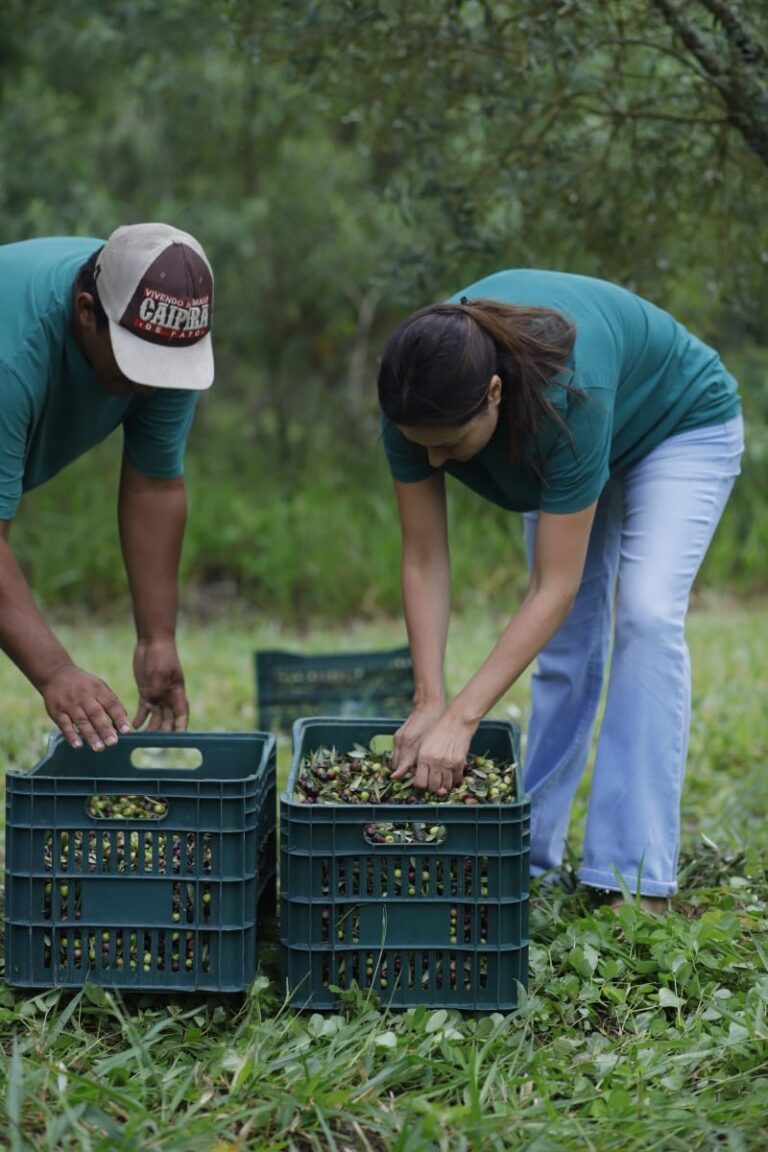
Hoje, Mário e Carla têm 6500 árvores, plantadas em 18 hectares, e os blends reúnem cinco variedades – arbequina, arbosana, picual, frantoio e koroneiki. As garrafas de 250 e 500 mililitros são distribuídas para empórios e podem ser vistas com frequência nas mesas de restaurantes paulistanos. A Borriello também foi uma das primeiras a envasar azeite extravirgem em embalagem bag in box, uma espécie de caixa longa-vida com torneira, com capacidade para 5 litros, que mantém o azeite livre do contato com o oxigênio.
Today, Mário and Carla have 6,500 trees planted on 18 hectares and their blends include five varieties – arbequina, arbosana, picual, frantoio and koroneiki. The 250 and 500 milliliter bottles are distributed to emporiums and can often be seen on the tables of São Paulo restaurants. Borriello was also one of the first to bottle extra virgin olive oil in bag-in-box packaging, a kind of long-life box with a tap, with a capacity of 5 liters, which keeps the oil free from contact with oxygen.
Como a maioria dos azeites extravirgens produzidos no Brasil, o Borriello tem notas herbais bastante presentes, com amargor e picância pronunciados. Isso acontece porque os frutos são processados horas depois da colheita, no auge da concentração de suas propriedades. Já engarrafado, o azeite chega rapidamente ao mercado, para ser consumido jovem, como deve ser – azeites que vêm de longe enfrentam longas viagens e vão perdendo aromas pelo caminho.
Like most extra virgin olive oils produced in Brazil, Borriello has very present herbal notes, with pronounced bitterness and spiciness. This is because the fruit is processed hours after harvest, at the peak of the concentration of its properties. Once bottled, the oil reaches the market quickly, to be consumed young, as it should be – oils that come from far away face long journeys and lose their aromas along the way.
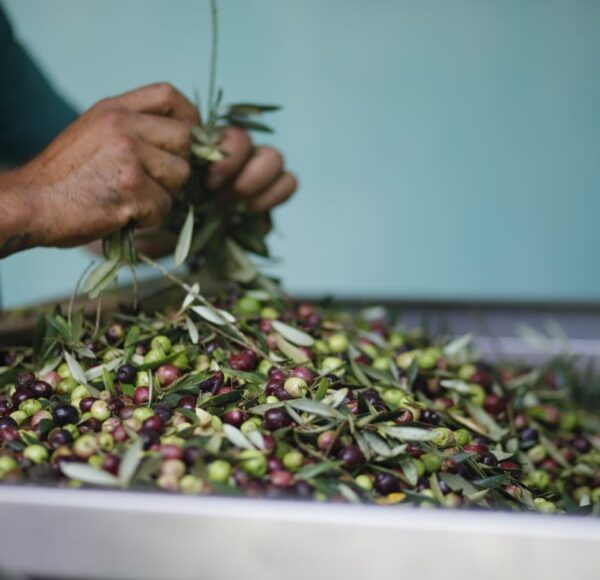
.
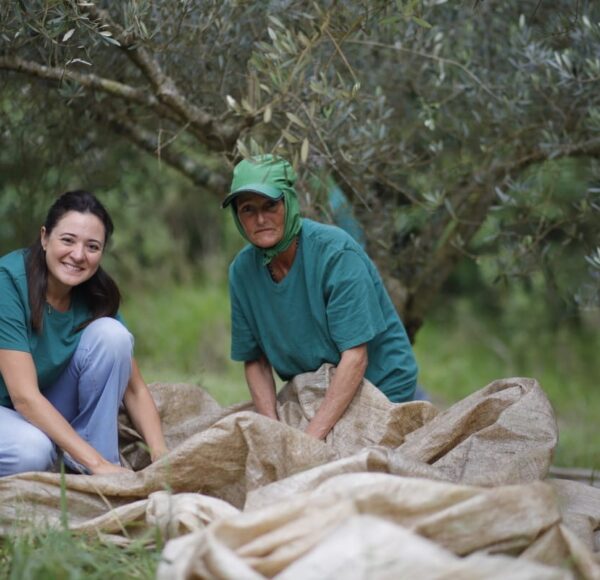
.
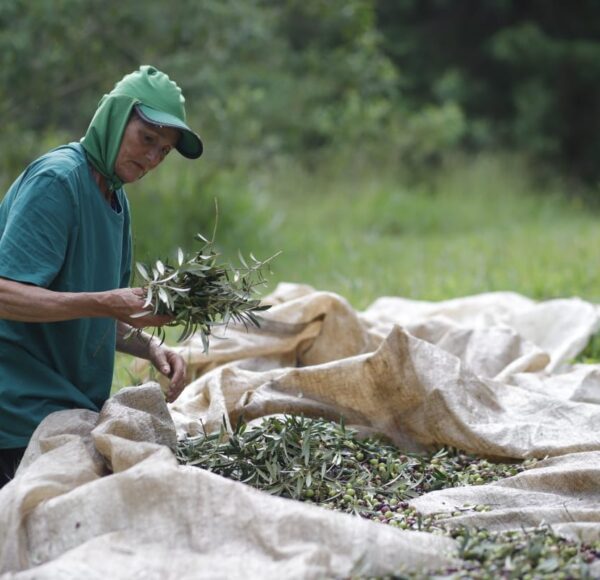
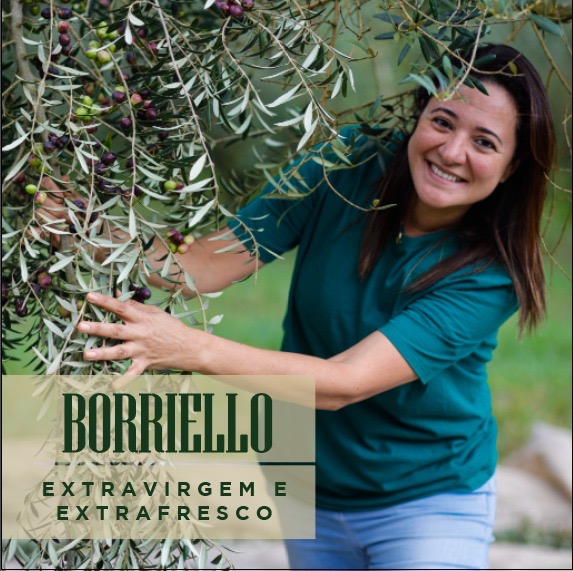
O azeite Borriello, produzido no Brasil, é extravirgem e extrafresco.
Borriello olive oil, produced in Brazil, is extra virgin and extra fresh.
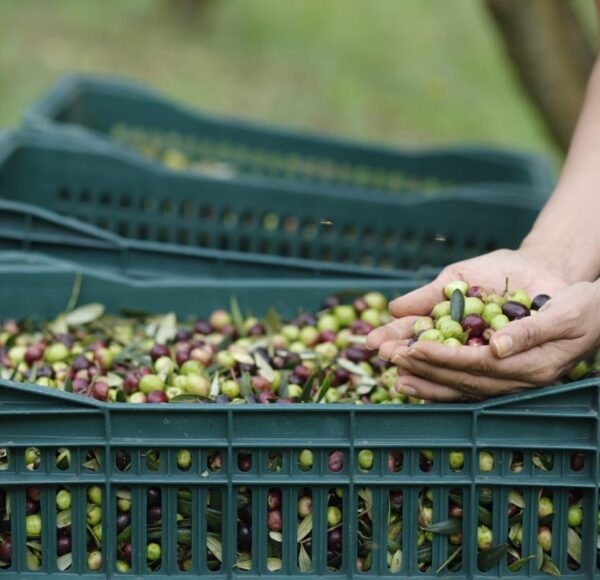
Um azeite elegante em entrada de boca, delicado com equilíbrio de sabores ligeiramente amendoados, adocicados de frutos maduros com notas de folhas verdes escuras, a alcachofra, tomate verde e ervas frescas
An elegant oil on the palate, delicate with a balance of slightly almondy, sweet flavors of ripe fruit with hints of dark green leaves, artichokes, green tomatoes and fresh herbs.
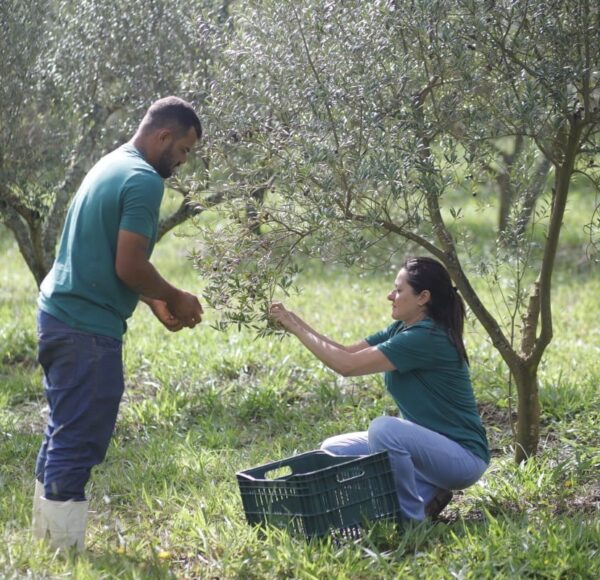
Com o amargor e picância que evoluem ao longo da degustação é um azeite de uso versátil podendo sendo indicado para pratos salgados, sobremesas, saladas de frutas e sorvetes
With its bitterness and spiciness that evolve as you taste it, it is a versatile oil that can be used in savory dishes, desserts, fruit salads and ice cream.
Onde Encontrar
- CASA SANTA LUZIA
- MARCHE
- EMPÓRIO MBEE
